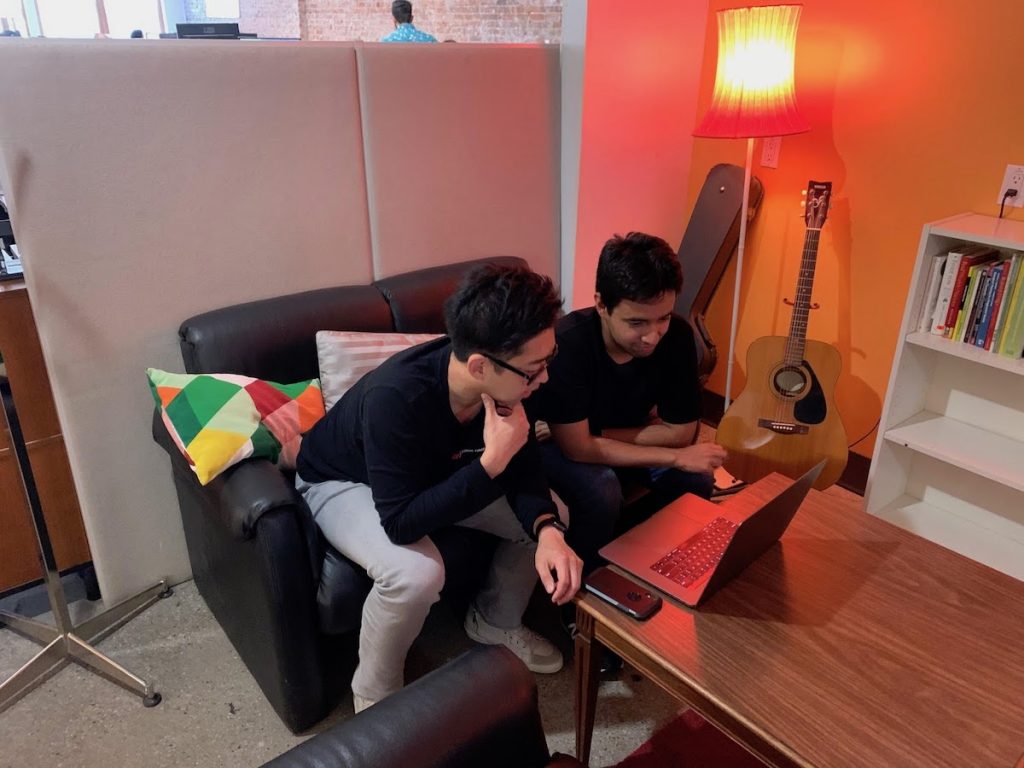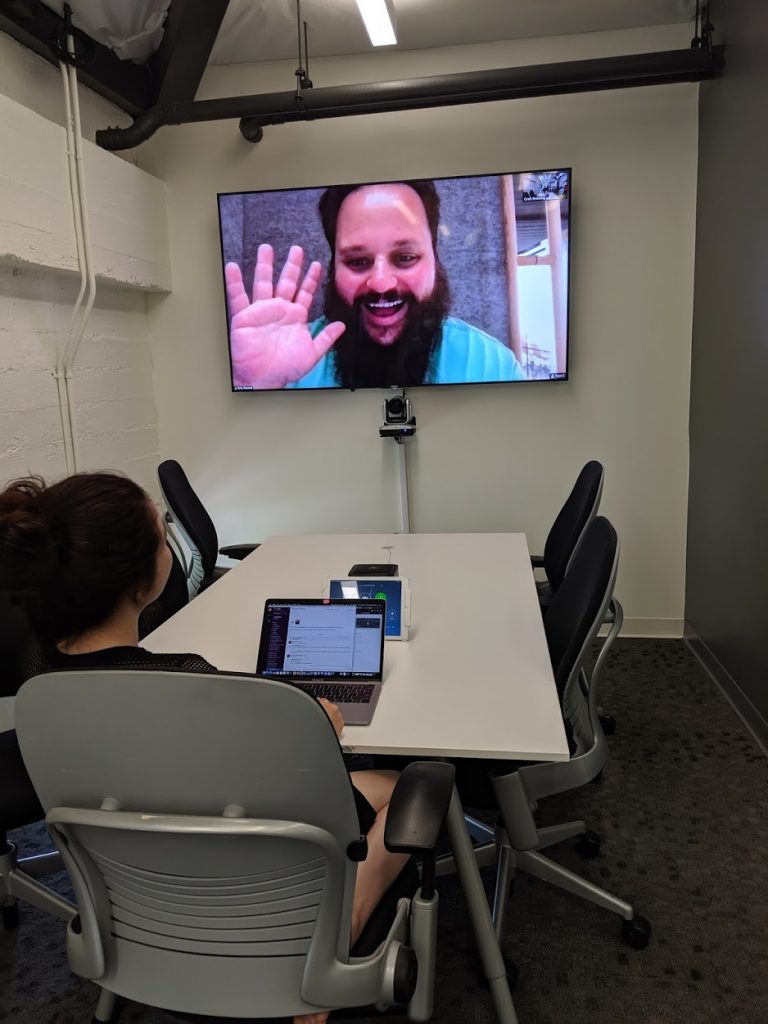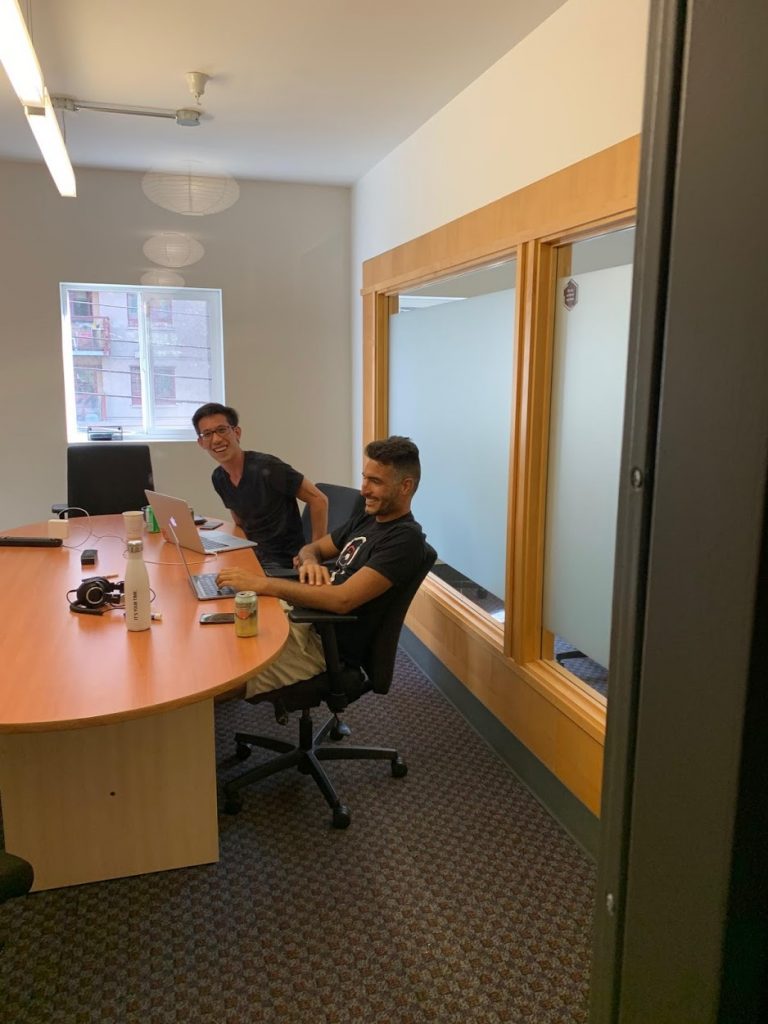
Hackathons have played an integral part in defining today’s software landscape. Since the term was first coined in 1999, the hackathon has immensely impacted the tech industry. From the products hackathons have conceived to the camaraderie they have fostered, these events shape not only the developer community but also the companies themselves. In many workplaces, Flipboard included, internal hackathons are a huge component of company culture.
I too was rapidly initiated into the world of software engineering via the collegiate hackathon circuit. I participated in many during my time at Swarthmore College. Now that I’m deeper into my career, I’ve recruited younger talent at hackathons and even helped organize a few hackathons of my own.
What attracts me to hackathons? You know that feeling of turning the last screw in a table or publishing your latest blog post? It’s almost the same thing. I enjoy crafting products or solutions in place where nothing stood before. Hackathons give me a tangible product to interact with, distribute and promote. Due to their “marathon”-style expectation of productivity, hackathons have taught me to plan. I can’t craft mindlessly; I have a deadline forcing me to have something to show for my work, so I must proceed mindful of my time and skillset. Hackathons also pool together networks of people with similar interests and goals—together, we learn and grow.
While I love hackathons, the word itself can be semantically limiting. When we expect software development as the endgame of the hackathon, we fail to understand the value of outside contribution. We should encourage employees outside of the usual Product, Engineering and Design (PED) contingent to offer up ideas. If we’re not more inclusive of other teams, then we will have only created software for software people.

Keeping inclusivity in mind helped me plan this year’s internal hackathon at Flipboard, where the basic premise was “If you had 24 hours to improve a user’s experience, what would you do?” Initially, I consulted non-engineering coworkers and gathered feedback on what to do to make the event more accessible (I highly recommend this step). I learned that exclusion can emerge out of judging criteria, prize selection and even basic word choice. To combat this, I re-considered the use of the word “hack” and all its related forms because it invokes stereotypical images of the male computer hacker who “lives and breathes computers, who knows all about computers, who can get a computer to do anything.” Co-workers who don’t fit that ideal might not feel welcome.
“Mock” is a much better word. Without any implicit reference to technology, it includes the entire company, not just those in PED. “Mock” also emphasizes thoughtful ideas over speedy implementations, which creates a more realistic and flexible work expectation. (You can thank my co-worker David Creemer for originating the term!) Given that we’re running a company with real people, we did not expect people to drop what they were doing and work for 24 hours straight. We encouraged people to work as much or as little as they preferred during the event.

To spark creativity and set a reasonable bar for participation, I provided teams with sample project ideas such as bringing in a new productivity tool, designing team swag, crafting a framework for inviting influencers onto the platform—all of which required little to no coding. And for those teammates who didn’t directly deal with Flipboard users, targeting their fellow employees was also a totally acceptable application of the user experience theme. I personally reached out to team leads outside of PED to encourage them and their direct reports to ask questions and participate. The awards and judging criteria were designed around creativity, impact and values instead of implementation, technical difficulty and completeness.
And thus, “Flipboard Mockathon 2019” was born.
A wave of interest spread throughout the company once I started promoting the Mockathon (or maybe it was the promise of free food?). From the event’s kickoff, there was a burst of energy that ultimately crescendoed during a company-wide finale. Run as a rapid-fire series of pitches and demos, the judging round allotted each team four minutes to explain and/or demonstrate their mock. “This is going to be wild. A legit speed date,” one of our judges told me beforehand.
Indeed, it was wild. Electricity filled the judging round, a wonderful affirmation of our company’s mission. I was informed and inspired as I watched each coworker passionately present their team’s mock. Those in our Redwood City office were crammed into a conference room fit for 12 people but remained captivated throughout the whole thing, the room vibrating with laughter at each joke made.
Our grand prize-winning team designed and implemented an opt-in browser recommended story notification. It’s a well-known concept—notifications (within a user’s tolerance level) drive user engagement and retention. Simply put, notifications (both push and email) remind users to check into whatever apps they have stashed away out of thumb’s reach. The team gave a concise and polished presentation that clearly explained a gap in user experience and effectively communicated a fitting and data-backed solution.
In terms of composition, this group spanned four different departments, including a platform intern, a machine learning engineer and a web developer, as well as a member of the People Team. They spanned three offices and had to rely on Zoom and Slack to communicate. Despite their locational differences and the fact that some team members had never worked together or even met previously, the teammates brought a diversity of skills, expertise and perspective to the table, proving this to be a winning formula. While their project was largely technical, the team found ample room for outside input; project management, manual testing and marketing skills from their less technical members were key to their winning strategy.

As my co-worker Arnie Bhadury said after the judging, “I learned stuff that I have never touched in my life…I really liked what we did for our team, to be honest. We deliberately picked people that we have never worked with and it definitely made it a lot more fun by pushing us out of our comfort zone.”
His teammate Grace Inamine agreed.
“We all came with different perspectives, ideas, strengths, and personalities; everyone played an important role. I would contribute our success to our sense of humor and openness to all ideas. We meant business, but kept it light, fun, and positive,” she said.
Other teams worked on projects spanning all parts of user experience, from an internal Slackbot helping employees plan a coffee outing, developing a new image caching implementation for the web, redesigning the app loading experience, feed-debugging tools and coming up with a novel analysis of how people consume media within our feeds. So many of these ideas were born out of a collaboration across teams and locales.
As one of our product managers summed it up, “Okay, can we ship all of this today?”
Mockathon wasn’t perfect. It was still largely driven by engineers. But it’s a learning experience, and I believe the success of this one will attract more participation in the future. I considered Mockathon a big win and a privilege to organize. It was no small effort, but I had the opportunity to work with so many people who helped make it absolutely seamless. I couldn’t have done it without my fellow organizers and I can’t thank them enough. Mockathon was also driven by the dedication, enthusiasm and caffeine-consumption of my fellow Flipboarders. They really are the best—and by the way, if Mockathon sounds like something you’d be into, then maybe you should be a Flipboarder, too!
If you’re considering throwing this kind of event at your company, don’t hesitate. Jump right in! Every employee can be an innovator if you give them a chance.
— Anna is curating “SOUTH BAY 🏙️“

